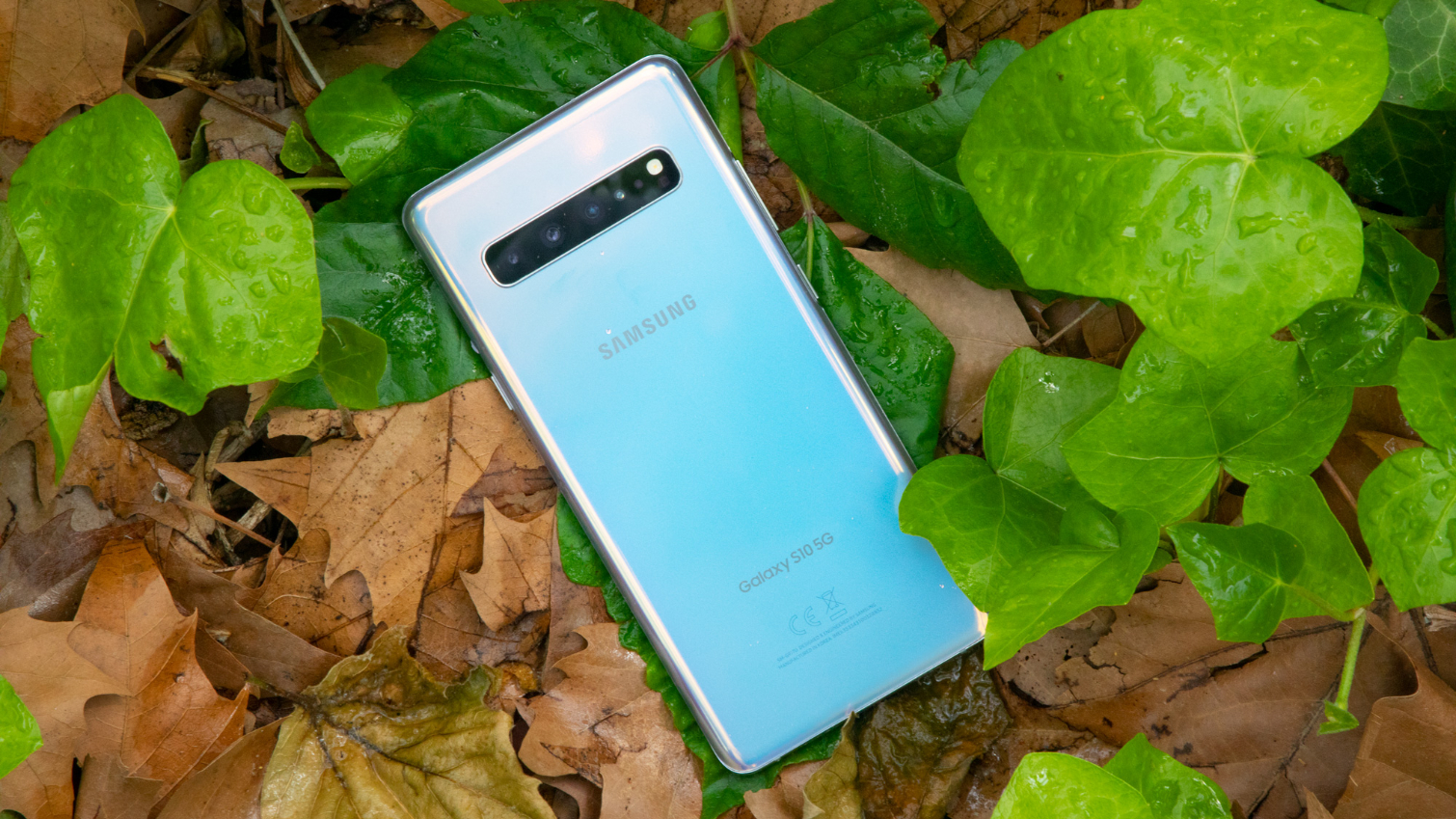Why the 5G iPhone Could Get a Big Price Bump
And you thought $1,000 was already too much for a smartphone

We've heard for some time that Apple will finally join the 5G phone race next year. While it's reasonable to assume the 5G version of the iPhone 12 will command a higher price than its LTE counterparts, we didn't have any clues as to how much more expensive it will be — until now.
It's estimated that the motherboard featured in the 5G iPhone will grow by 10%, increasing the component's cost by 35%, according to analyst Ming-Chi Kuo. Kuo, who's pretty wired into Apple's supply chain, relayed this information in a note to investors received by AppleInsider.
According to the report, heat is the primary culprit expanding the size of the board. 5G modems run very hot — something Tom's Guide knows all too well, having conducted multiple 5G tests on various carriers and devices. When the circuitry gets toasty, most handsets are designed to respond by shutting down 5G connectivity and falling back to LTE for a breather.
Compact design is the enemy of heat dissipation, which is why the very first wave of 5G phones have been among the larger handsets on the market — like the 6.7-inch Samsung Galaxy S10 5G, 6.8-inch Note 10 5G and 6.67-inch OnePlus 7 Pro 5G. Apple can increase the stamina and efficacy of its first 5G iPhone by distributing that energy over a wider surface.

As Appleinsider rightly points out, a 35% increase in the price of the motherboard — a very significant part though it may be — will not necessarily translate to an iPhone that costs 35% more. Then again, these days most 5G phones average several hundred dollars more than their non-5G variants. The S10 5G calls for a $300 premium over the $999 Galaxy S10 Plus, and the 5G version of the OnePlus 7 Pro costs $840 — $190 more than the LTE-only version of OnePlus' flagship.
Additionally, Apple's jump to 5G is sure to instigate a knock-on effect on the cost of other aspects of the device, extending well beyond the motherboard. Kuo previously reported that the handset will utilize an extruded metal frame with injection-molded antennas within it, not unlike the iPhone 4's design. (Here's hoping this time it won't be quite as easy to hold the wrong way.)
It's believed that the exoskeleton approach will improve the modem's connectivity, as 5G phones are extremely sensitive to breakdowns in signal strength when presented with physical obstructions. For reference, Samsung had to significantly trim down the thickness of the S10's metal frame so as to not impede connectivity in the 5G version of that device — and the Galaxy S10 is primarily made of glass to begin with.
Sign up to get the BEST of Tom's Guide direct to your inbox.
Get instant access to breaking news, the hottest reviews, great deals and helpful tips.
Unfortunately, such a design won't be cheap. According to Kuo, changes to the metal frame could make that aspect of the hardware up to 60% more expensive. It could also necessitate alterations to the glass back, driving up the supplier bill even higher.
The upshot of all of this is an 5G iPhone that will likely set records for Apple's priciest handset ever. If you thought Cupertino crossed an unwelcome threshold when it introduced the four-digit iPhone X, start saving up now — by all indications, the first 5G iPhone will blow that model out of the water.
Adam Ismail is a staff writer at Jalopnik and previously worked on Tom's Guide covering smartphones, car tech and gaming. His love for all things mobile began with the original Motorola Droid; since then he’s owned a variety of Android and iOS-powered handsets, refusing to stay loyal to one platform. His work has also appeared on Digital Trends and GTPlanet. When he’s not fiddling with the latest devices, he’s at an indie pop show, recording a podcast or playing Sega Dreamcast.
